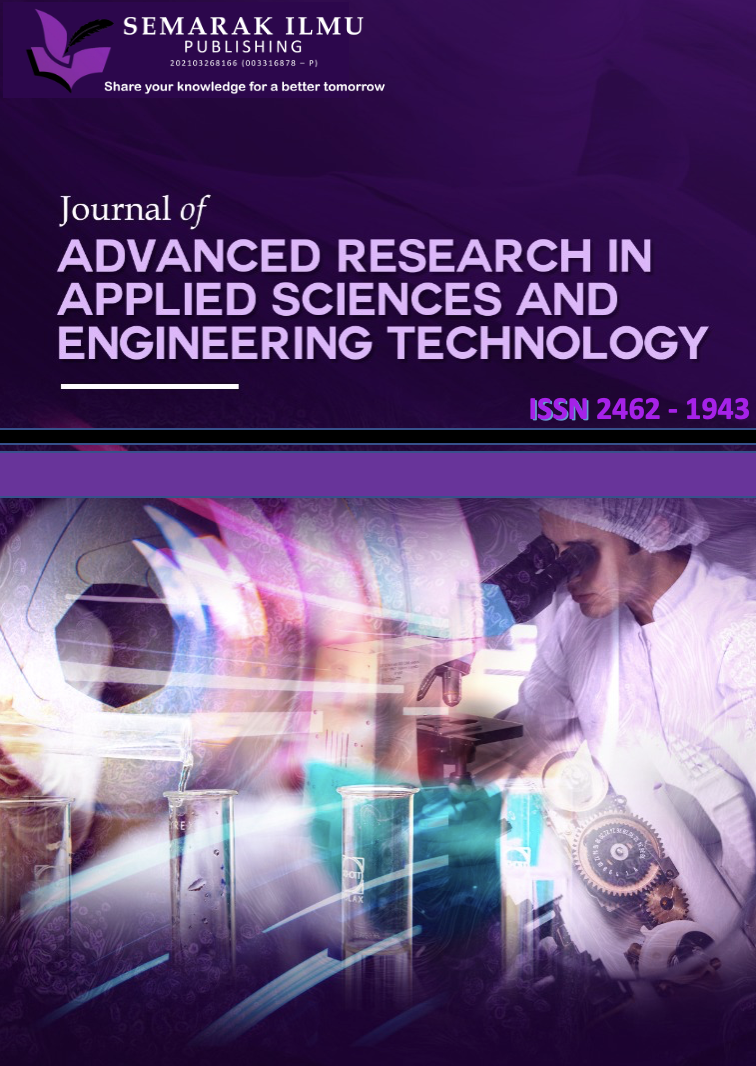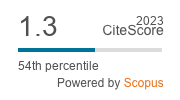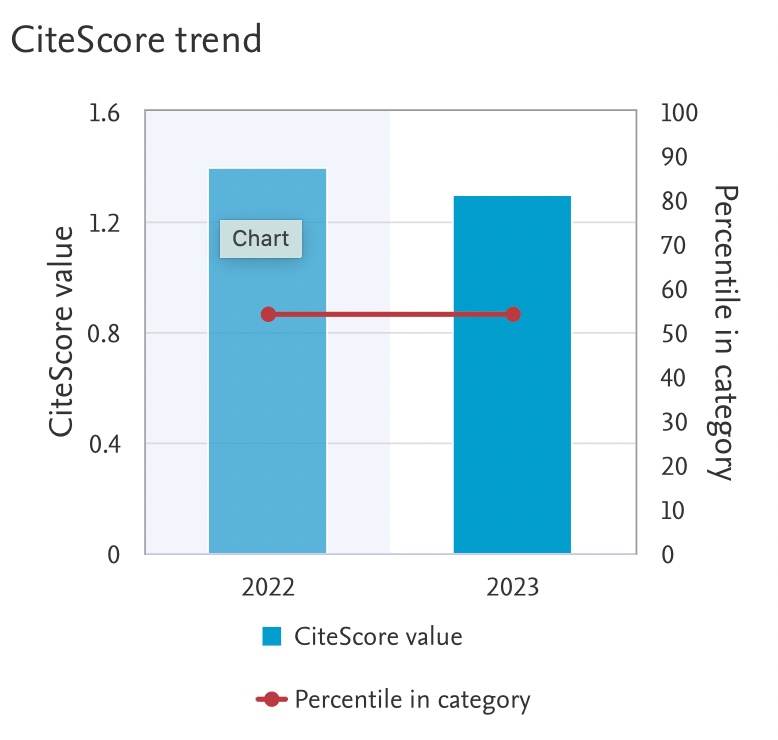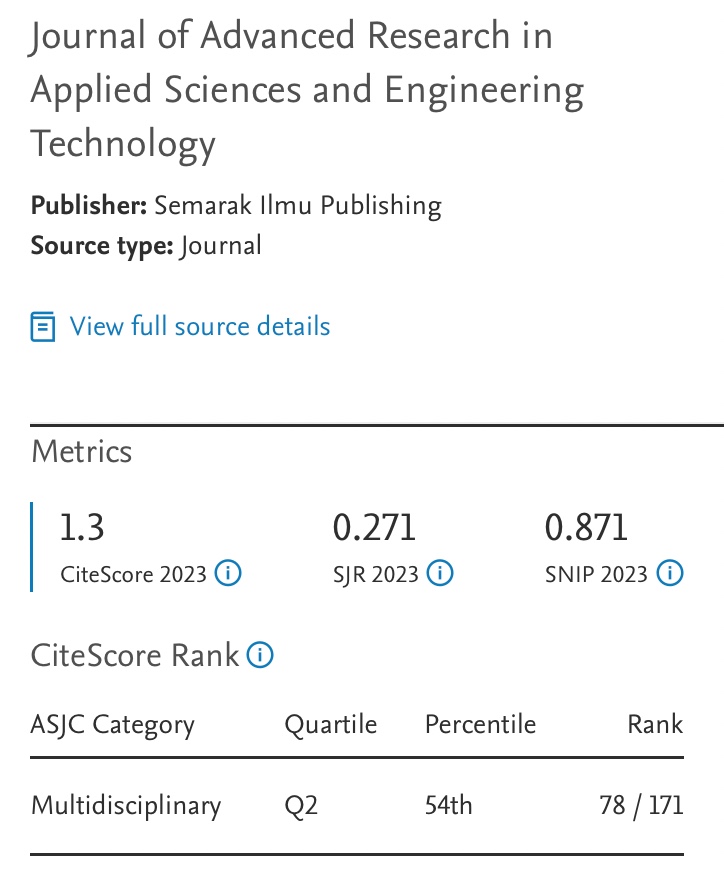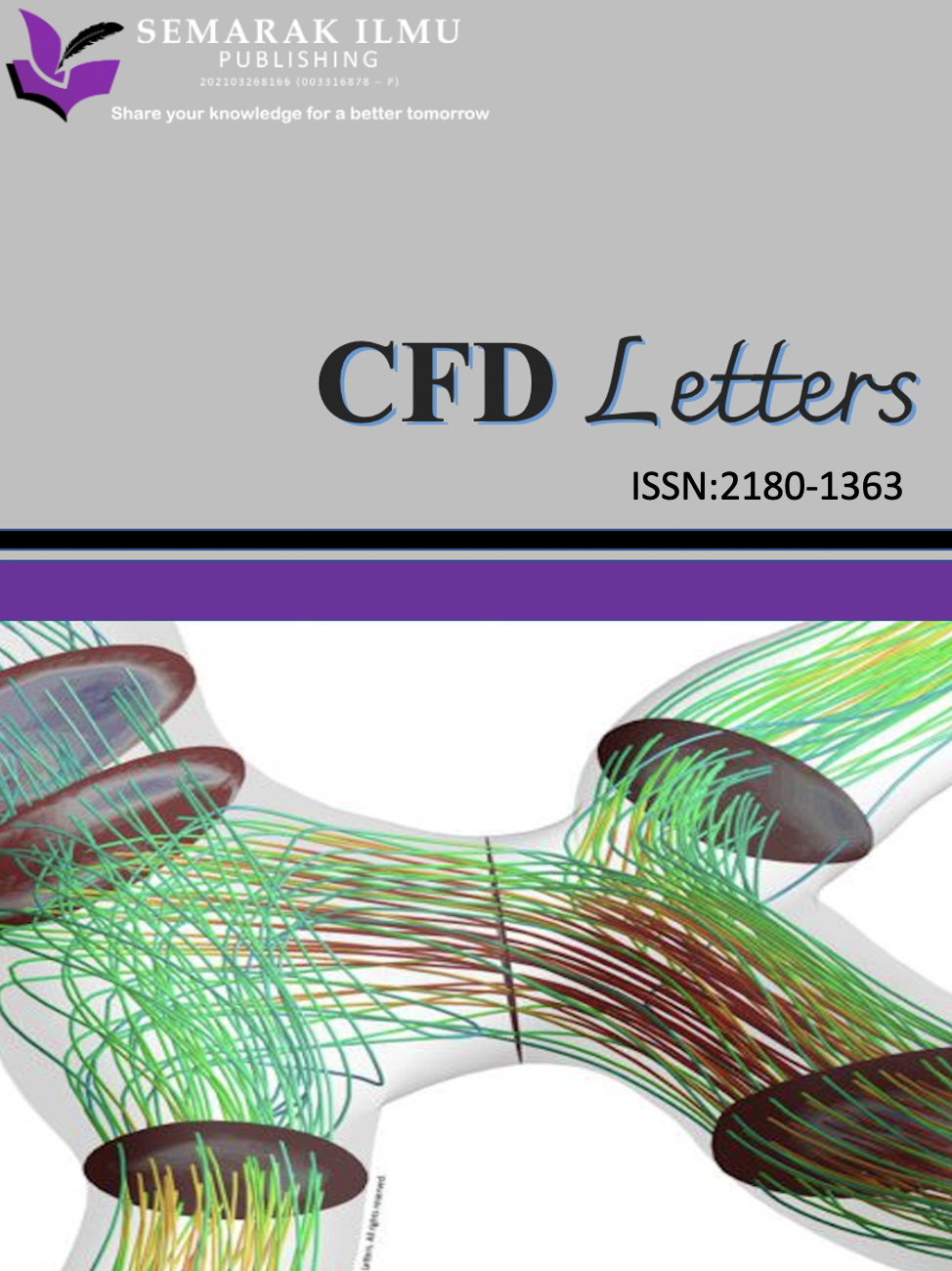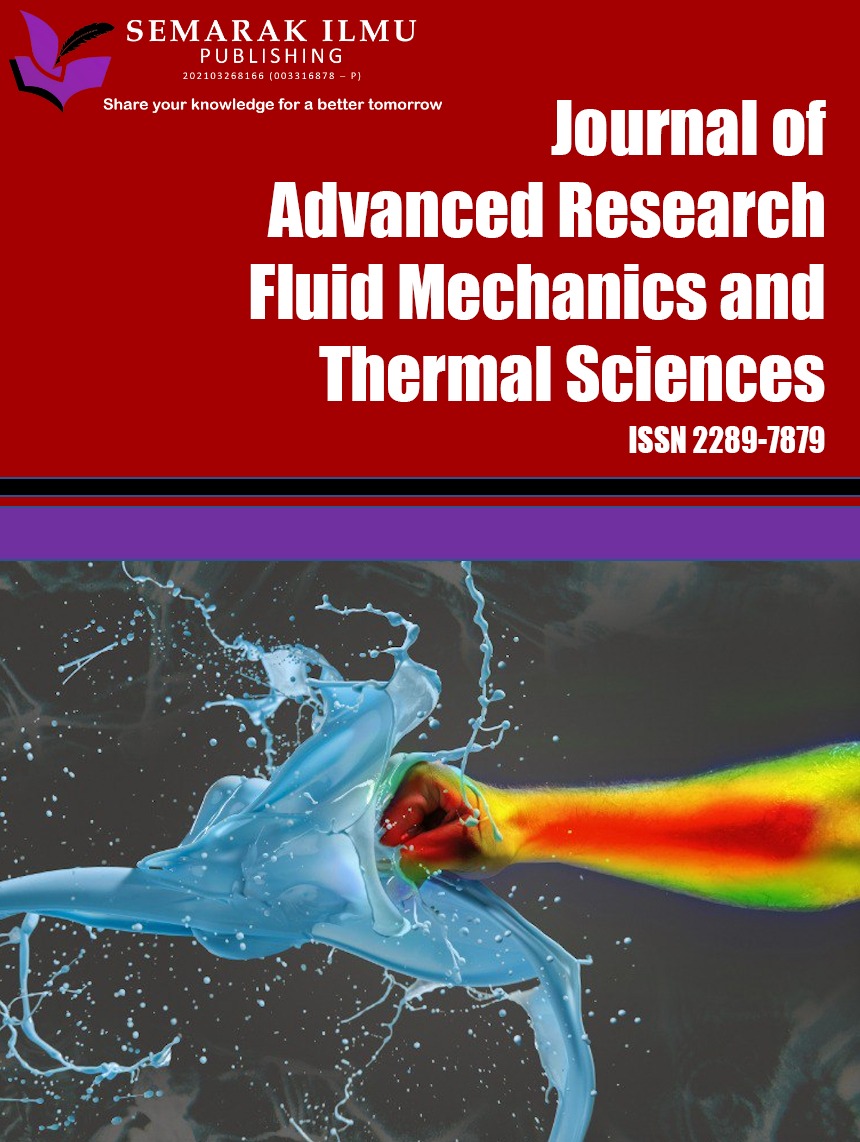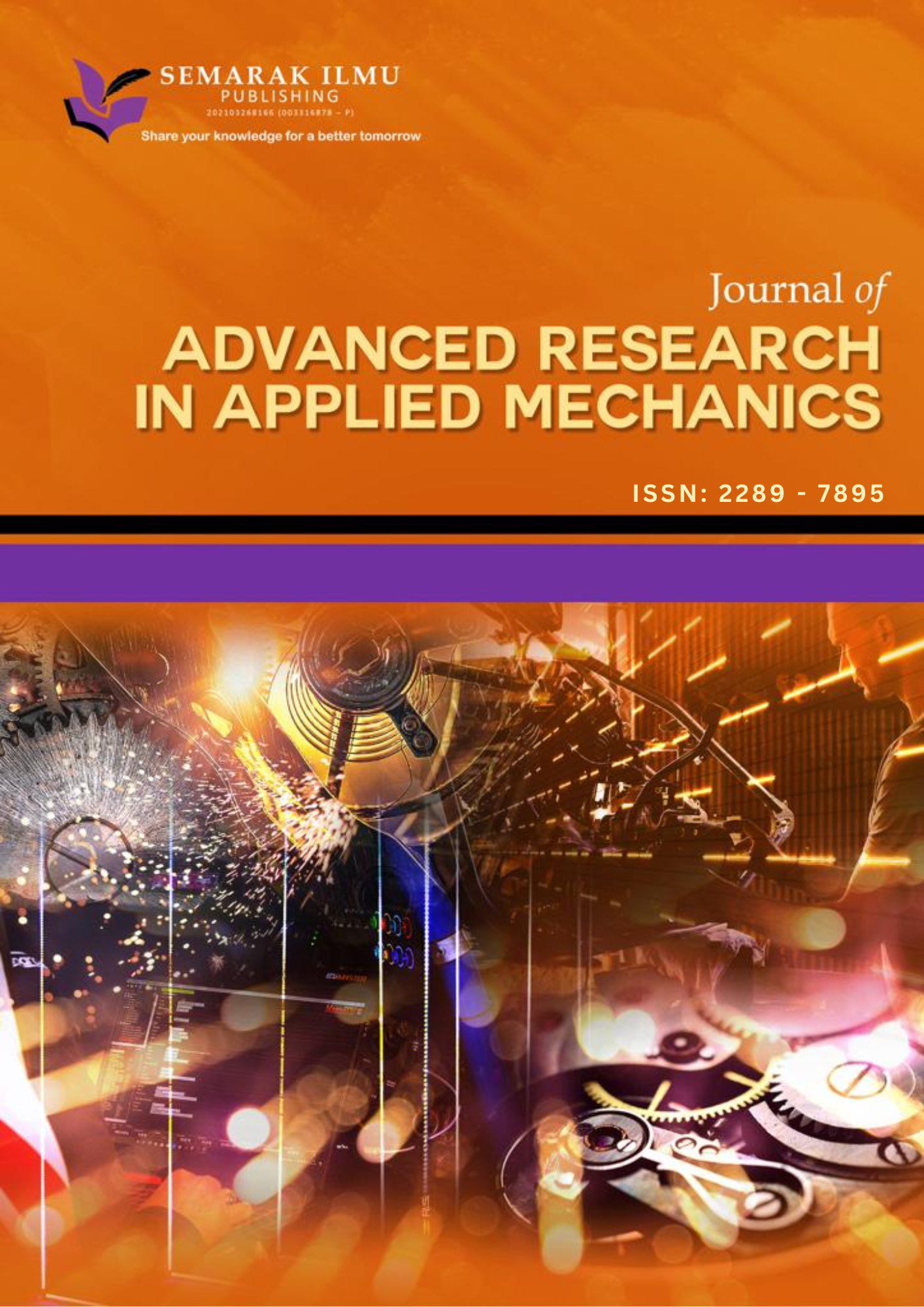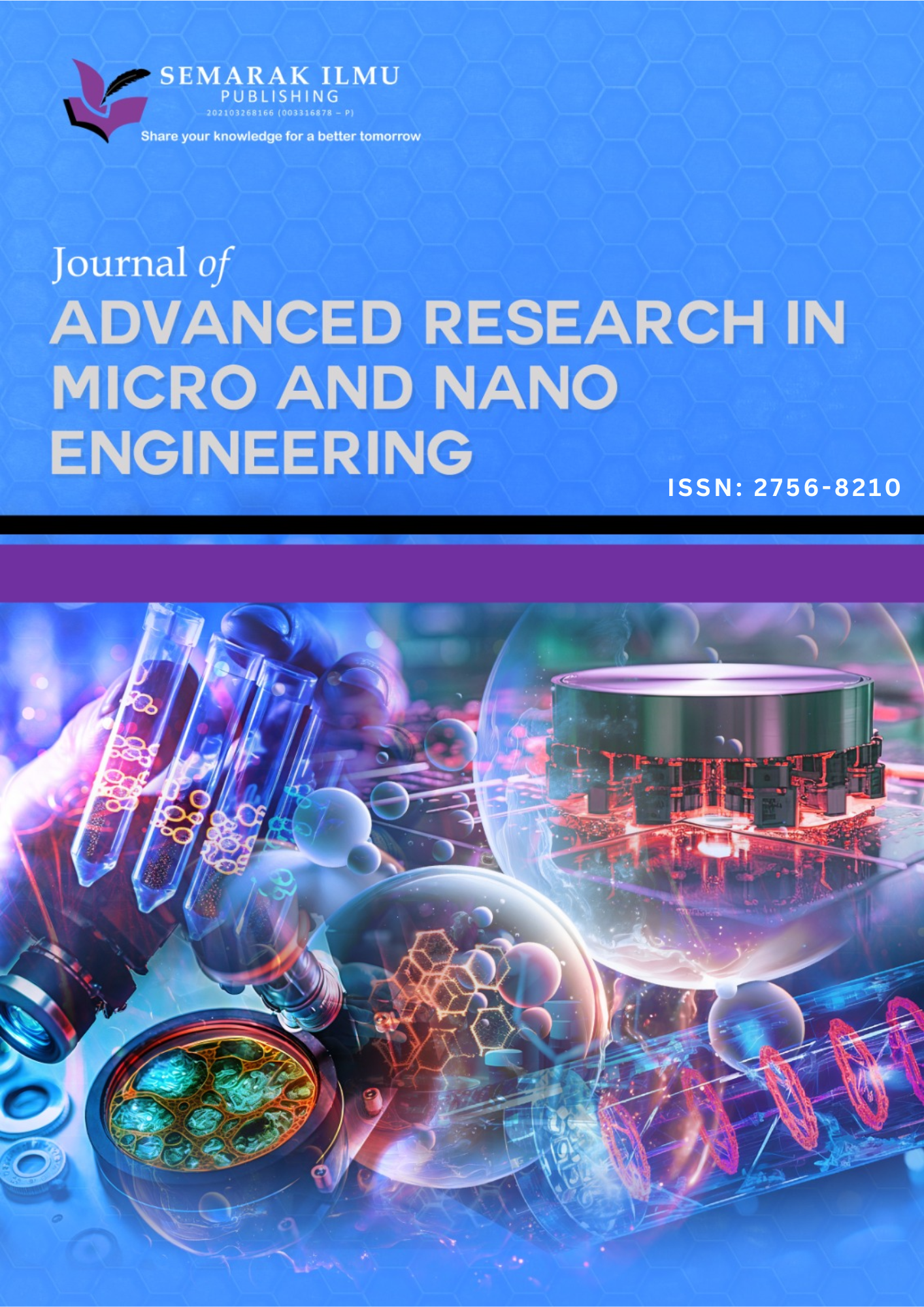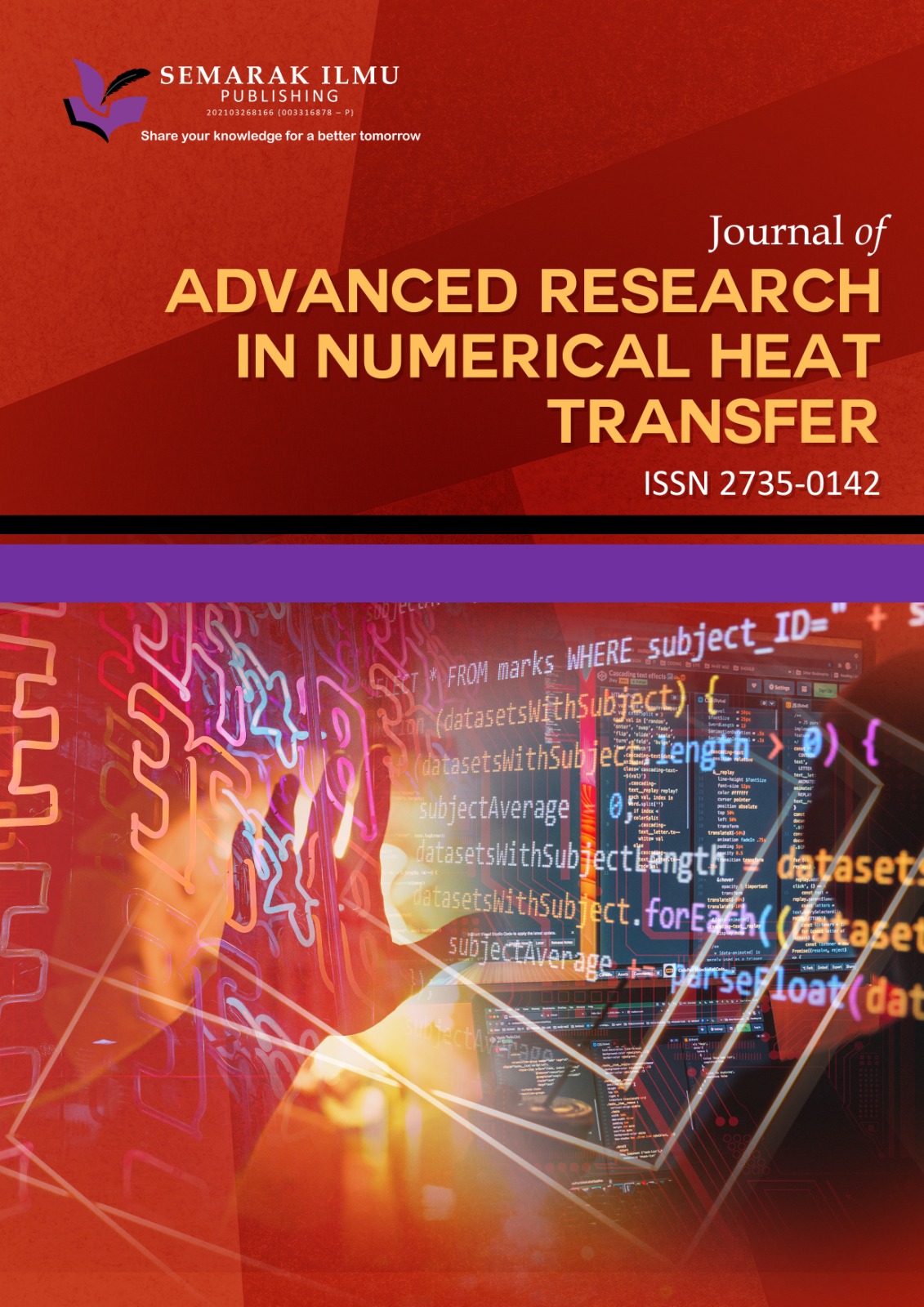Abnormal Gait Detection using Wearable IMU Sensor via IoT and Alert for Condition Monitoring of Elderly People
Keywords:
Gait detection, elderly healthcare internet of things (IoT), inertial measurement unit (IMU) sensorAbstract
Gait detection is a type of analysis that can detect patterns of walking in a person. In this research, a wearable sensor is used to detect the walking pattern of the user. This wearable sensor will alert the user if abnormal gait is detected. Result from this project is the gait analysis is performed on stance and swing phases of a walk. Sensor 6-axis Inertial Measurement Unit (IMU) decided to be used in this device with Arduino Nano 33 IoT and analysis is done based on the results monitored in ThingSpeak. The data obtained from sensor in Arduino Nano 33 IoT is sent to ThingSpeak to be converted into csv file which is then readable by MATLAB software. Result obtained from the analysis is then concluded into the programming code of Arduino which then the Arduino board can identify the gait by itself based on the analysis done after collecting data.

